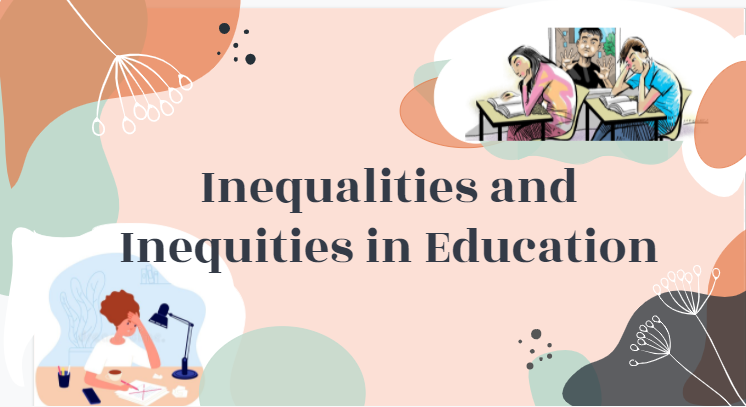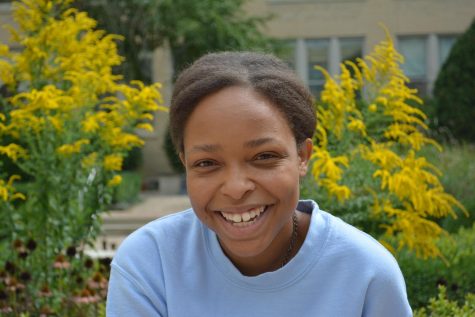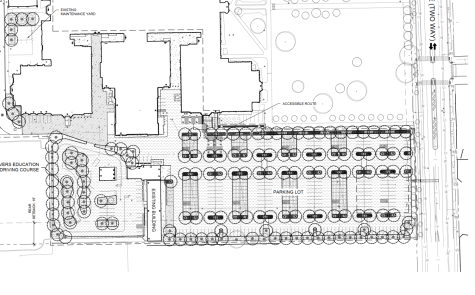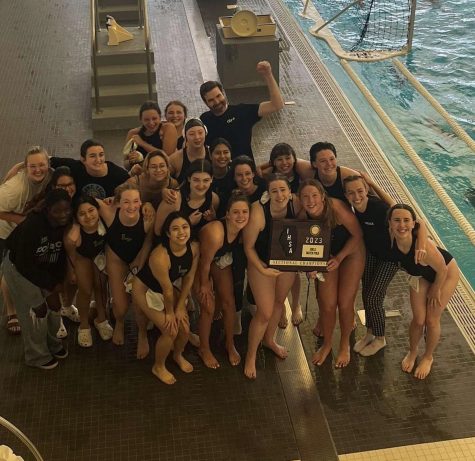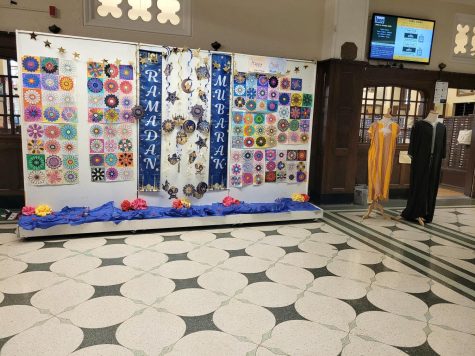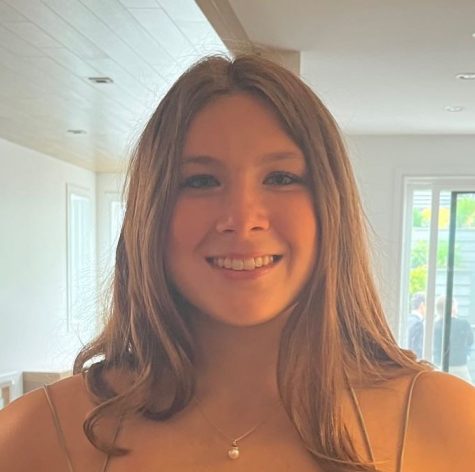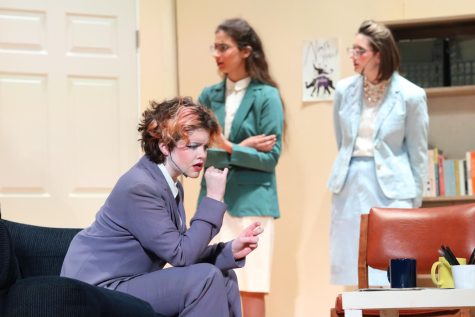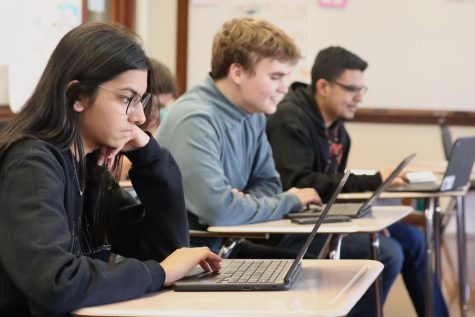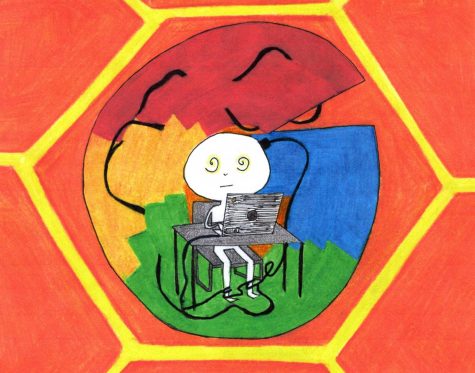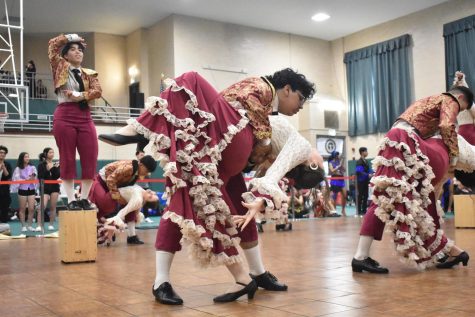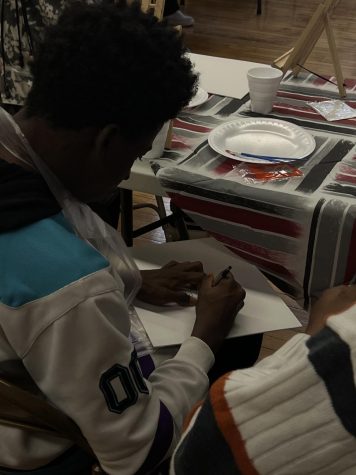With new opportunities for engagement, student voice at Lane has a different sound
On April 7, Lane’s BIPOC Student Committee, this year in charge of planning advisory lessons, debuted a presentation entitled “Inequalities and Inequities in Education.” It concerned matters such as dress codes, achievement gaps and inequities in school funding. (Screenshot from presentaion)
April 10, 2021
Since last summer’s surge in student activism beginning with a campaign to remove Lane’s Indian symbol and cresting with anti-racism protests in the fall, Lane students have been looking for more ways to make an impact in the school community. As of April 5, the school delivered.
There are now five main ways — including three that are entirely new — for students to participate in all aspects of school life ranging from planning events to enacting anti-racism measures.
Student Council
According to Assistant Principal Ms. Hanly, “Student council is the government of the students, so their main job is to plan the social events like Homecoming and I-Days and things like that, all-school events. And then the Executive Board meets quarterly with Mr. Tennison and myself to bring up issues [from] around the building, and we have representatives from different grade levels.”
In the past, according to Hanly, student government has resulted in real change: In a SY 2017-2018 meeting with the administration, council members brought up the disparity between female-male bathrooms at Lane, leading to a school-funded initiative to convert three male bathrooms into female ones.
Student Council Executive Board President Alanna Gonoude, Div. 162, said that student council was “one of the best experiences I’ve ever had.”
“It’s something that’s so rewarding and at first, it’s a lot of planning with Spirit Week and going into stuff like that, but once you actually get into the heart of it, it’s a great community of people and you get to work with so many amazing, kind staff and faculty, as well as so many students,” Gonoude said.
Students received more information about running for student council earlier this week, according to Hanly.
BIPOC Student Committee
The BIPOC Student Committee, this year in charge of planning advisory lessons regarding race, prejudice and discrimination in the United States, will next year focus primarily on hosting cultural awareness events in partnership with some of Lane’s ethnic clubs, according to future member Ianece Coleman, Div. 272.
“We will be planning monthly events to celebrate our BIPOC students, and I think that’s wonderful because it’s great to have BIPOC students feel heard, but I think it’s really, really important to make them feel celebrated, to make them feel loved, to make them feel at home within our Lane community,” Coleman said.
Director of Culture and Climate Ms. Escobar, who will oversee the committee, said that the work is rewarding, but will require a high degree of commitment.
According to Hanly, students will receive information about how to join this committee in mid-April.
Student Advisory Committee
The Student Advisory Committee, slated to begin SY 2021-2022, will be tasked with planning and creating the school’s bimonthly social-emotional advisory lessons. According to Escobar, this committee offers a unique chance for students to create materials that respond directly to current events.
“The advisory committee is going to look different in the sense that we’re going to really bring awareness to different communities and different topics based on what the entire student body wants and needs,” Escobar said.
For example, Escobar said, “It could be stress, it could be relationships, it could be different coping skills.”
Escobar added that this committee requires “a lot of labor, passion and love,” and will be a significant time commitment.
Christine Lichauco, a student involved with the upcoming Student Advisory Committee, expressed her anticipation and expectations for the committee.
“What excites me most is we’re going to have the opportunity to get more people to join, more topics to be explored, too, and to learn from other people about how they relate to the topic,” Lichauco said.
Later this week, the administration will release next steps for students who want to get involved with this committee, according to Hanly.
Student Culture and Climate Team
The Student Culture and Climate Team, which began this school year, according to Hanly, will next year continue its work on providing the adult Culture and Climate Team with a student perspective.
“They really give us the inside voice of the kids and suggestions of what the school could be doing more. We work together as a team to figure out ways that we can help the students more,” Hanly said.
This year, the team met with Escobar, Hanly, Lane social worker Ms. McLaughlin, and Assistant Principal Ms. Hart (the adult team) to discuss student views on racism and the impacts that remote learning has had on mental health, as well as to brainstorm ways in which the school can act against these problems.
The administration will release additional information about the committee later this month, Hanly said.
Student Voice Committee
According to Lane’s Community Relationships Representative, Ms. Arroyo, the Student Voice Committee (SVC) “is designed for crucial adult and student partnership, to help address different issues that the school might need facing, and their purpose is to engage students in the decision-making process to improve culture and climate, as well as develop individual youths’ civic leadership skills.”
Over the course of the year, according to Arroyo, students will focus their energy on one social justice-related topic, and engage in research in order to then recommend a solution to the school or district.
According to CPS, SVCs also include an element of inter-school involvement in order to help students hone leadership skills and provide support for each group’s initiatives.
“I think what will be interesting about this particular committee that we don’t have with our other ones is just the collaboration with other schools, especially around bigger issues, whether that’s racial justice in selective enrollment schools or whatever the case is,” Hanly said.
The SVC is slated to begin SY 2021-2022, with the application and additional information being released later this school year.
Delphine Peck contributed reporting.

